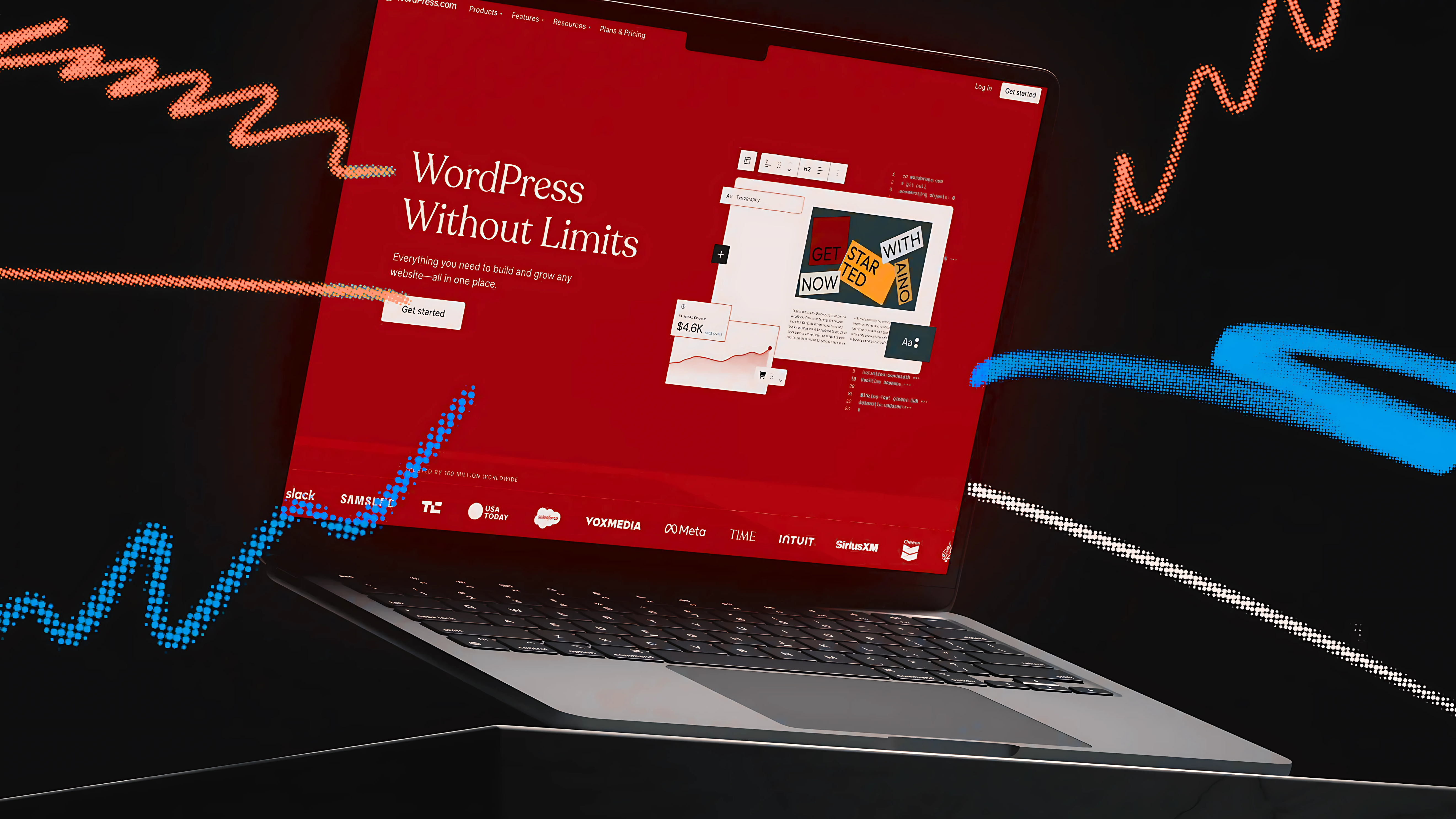Designing for the Future: How UI/UX Will Evolve with Emerging Tech

As technology continues to advance at a rapid pace, UI/UX design is evolving to meet the demands of a more immersive, intuitive, and connected world. Designers are not just shaping how users interact with digital products today but are also laying the groundwork for how those interactions will look in the future. In this blog, we’ll explore how emerging technologies like AI, AR/VR, voice interfaces, and 5G are reshaping UI/UX design and what it means for the future of digital experiences.
1. Artificial Intelligence (AI) in UI/UX Design
AI is revolutionizing many industries, and UI/UX design is no exception. With AI’s ability to analyze vast amounts of data, designers can create more personalized user experiences than ever before
- Personalization at Scale : AI will enable interfaces that dynamically adapt to a user’s preferences, behavior, and even mood. Imagine a website or app that customizes its layout and content in real-time, based on the user’s habits or emotional state.
- AI-Powered Design Tools : Tools like Adobe Sensei and Figma’s AI features are already helping designers automate repetitive tasks, such as color selection or layout adjustments. As AI becomes more sophisticated, we can expect design processes to be streamlined, enabling faster and more accurate outcomes.
- Predictive UI: AI will increasingly predict what users want next. Whether it’s a recommendation for a product or the next step in a workflow, predictive UI will minimize friction by anticipating needs before the user even asks.
2. Augmented Reality (AR) and Virtual Reality (VR)
AR and VR are no longer just for gaming or entertainment; they are being integrated into everyday applications like shopping, education, and healthcare. UI/UX design for AR and VR presents unique challenges and opportunities.
- Immersive User Interfaces: In AR and VR, the traditional concept of a screen disappears, and the interface becomes part of the user’s environment. For instance, in a VR setting, the user may manipulate virtual objects with their hands, creating a whole new approach to interaction design.
- Spatial Design: Unlike flat, 2D interfaces, AR/VR interfaces need to be designed for a 3D space. Designers will need to consider not just how an interface looks but how it feels in a physical environment. This could include designing for depth, scale, and movement, all while ensuring ease of use and comfort.
- AR in Retail: In the future, users may try on clothes virtually or view how a piece of furniture would look in their home before making a purchase. These applications require sophisticated UI/UX design to ensure they are intuitive, engaging, and provide a seamless user experience.
3. Voice User Interfaces (VUI)
With the rise of voice assistants like Alexa, Siri, and Google Assistant, voice user interfaces (VUI) are becoming more integral to how people interact with devices. As VUI technology improves, designers will need to adapt their approach to accommodate voice-based interactions.
- Conversational UI: Rather than relying on visual cues, VUI emphasizes natural, conversational interactions. Designers will need to focus on understanding how people communicate and building interfaces that respond intuitively to voice commands.
- Contextual Awareness: The future of VUI will involve more context-aware interactions, where voice assistants understand not just what you say but also where you are, what you’ve done before, and even what you’re likely to want next. This will require a more sophisticated design approach that takes into account the user’s environment and previous interactions.
- Accessibility: VUI also opens up new possibilities for accessibility. Users with visual impairments or motor disabilities can benefit from a hands-free experience, making UI/UX design more inclusive.
4. 5G and Hyper-Connectivity
The rollout of 5G technology will usher in a new era of hyper-connectivity. With faster data speeds and lower latency, 5G will enable more responsive, real-time digital experiences, particularly for mobile and IoT devices.
- Seamless, Real-Time Experiences: With 5G, designers will need to ensure that mobile and web applications are capable of delivering instant, uninterrupted experiences. This means ensuring that interfaces load faster, content streams smoothly, and real-time updates (like in gaming or social media) are seamless.
- IoT and Cross-Device Integration: As more devices become connected through 5G, UI/UX designers will need to focus on creating experiences that span multiple devices, from smartphones to smartwatches to connected home systems. Ensuring a unified user experience across various touchpoints will be essential for the future of
design. - Data-Heavy Interactions: 5G’s increased bandwidth will support data-heavy applications, such as real-time video conferencing, cloud-based applications, and AR/VR experiences. Designers will need to rethink how interfaces handle and display this information efficiently without overwhelming users.
5. Ethics and User Privacy
As UI/UX design continues to evolve with emerging tech, ethical considerations will play a pivotal role in shaping the future of digital experiences. Designers will need to balance innovation with privacy and transparency.
- Data Privacy: With AI, voice interfaces, and hyper-connected devices collecting vast amounts of user data, UI/UX designers must focus on transparent data practices and empower users with control over their information. The future of UI/UX will need to respect users’ privacy while delivering personalized experiences.
- Inclusive Design: As new technologies emerge, it will be important to ensure that UI/UX designs are accessible to all, regardless of age, ability, or background. This will mean considering a wider range of use cases and needs, ensuring that technology works for everyone.
Conclusion: The Future of UI/UX Design
The future of UI/UX design lies at the intersection of emerging technologies and human- centered design. As AI, AR/VR, voice interfaces, and 5G become more prevalent, UI/UX designers will need to think beyond traditional screen-based interfaces and create experiences that are intuitive, immersive, and contextually aware.
As the design landscape continues to evolve, it’s important to stay adaptable, continually exploring new technologies and refining design practices to create the most impactful user experiences. The future of UI/UX design is bright, and those who are ready to embrace change will be at the forefront of this digital transformation.
Recent Posts
Designing for the Future: How UI/UX Will Evolve with Emerging Tech As technology continues to advance at a rapid pace, […]
The Best Front-End Frameworks for Full Stack Developers in 2025 The role of a full stack developer demands proficiency in […]
Why WordPress is Still the Best CMS for Bloggers in 2025 Blogging has come a long way since the early […]
Python vs. Other Programming Languages: What Makes It Stand Out? In the ever-growing world of programming languages, choosing the right […]




